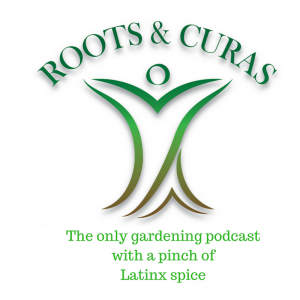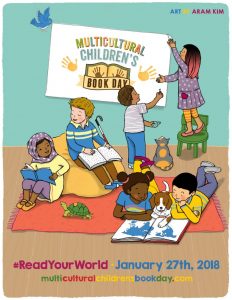Ten years ago, the Billboard Latin Music Awards were dominated by artists that were ‘imported’ to the United States. This year, Bronx-born bachata star Prince Royce took home Artist of the Year and other bicultural acts such as Romeo Santos, Pitbull and Enrique Iglesias racked up key nominations, making it clear that Latin music tastes have evolved – and a new generation of U.S.-born artists and music fans are redefining the genre of this generation.

The mix of American and Latin sounds coming out of the US isn’t exactly new: Tito Puente in the 50s, Joe Cuba in the 60s, Santana’s in the 70s, Miami Sound Machine’s in the 80s and Ricky Martin in the 90s.
But what’s tipped the balance toward biculturalism is the major demographic change that’s occurred over the last decade.
Today, 65% of Hispanics in their 30s are foreign-born*. Their musical histories are deeply rooted in their home countries, with Spanish as the primary language. In contrast, 59% of Hispanic Millennials (18-29) are US born. They grew up hearing their parents’ favorite songs from back home, as well as Lady Gaga, Jay-Z and the Foo Fighters – paving the way for the blend of languages and musical styles that we’re experiencing today.
Being part of a generation known for multi-tasking – moving from screen to screen, audio to instant messaging – has also influenced Hispanic Millennials’ eclectic tastes, which can go from Flo Rida one moment to Aventura the next.
With acts like Wisin y Yandel and Enrique Iglesias playing major U.S. arenas, general market music labels are aware of the power of this audience – which has opened up the door to collaborations between Latin and non-Latin artists to broaden commercial appeal.
Most recently, former Aventura front man Romeo Santos partnered with Usher on “Promise,” the first release of his debut solo album. In this bachata duet, Santos croons in Spanish and Usher in English, opening up their fan bases to new sounds.
Pitbull is particularly known for taking advantage of the audience-expanding possibilities that collaboration can offer, partnering with Ne-Yo to add R&B smoothness to “Give Me Everything” and Marc Anthony for “Rain Over Me,” singing almost entirely in English. Pitbull recently confirmed in an interview that he chooses his lyrics wisely so they can be translated easily and gain maximum duo-play on English and Spanish radio.
Another cultural phenomenon that’s impacted the Latin music scene is the concept of digital music discovery and sharing, which now allows acts that would never have made it past the gatekeepers a few years back, to get noticed and played.
Hispanic Millennials are known for being digitally savvy and active social networkers. What their friends listen to is probably the main driver of how they hear and consume music, so a Facebook post can be an influential endorsement that has the potential to make something obscure go viral.
Ten years ago, the top Latino acts were imports from Spain, Mexico, Colombia and Latin America. Now, the trend is reversing… the US is becoming an exporter of Latino talent to the rest of the world.
Wisin y Yandel, Pitbull, Aventura and Prince Royce are becoming household names outside of the US. Between the recent shift among young Hispanics from mostly foreign-born to mostly U.S.-born, the growing cachet of cross-cultural mixing, and the rising influence of online music sharing, Hispanic Millennials are changing the sound not just of Latin music — but American music as well.




